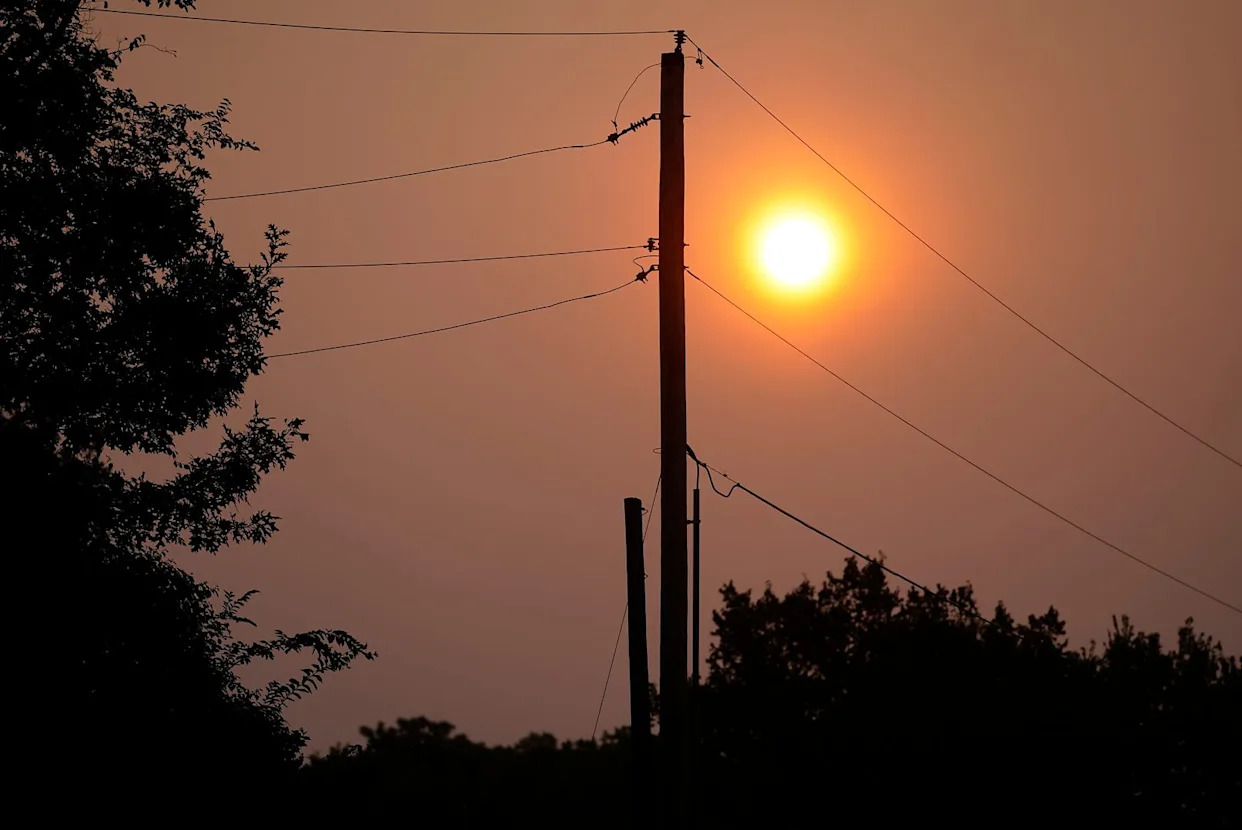(NewsNation) — A radioactive wasp nest located in South Carolina at a site where nuclear bomb parts were once made has radiation levels 10 times higher than those allowed by federal regulations, a federal report has found.
The report, issued by the U.S. Department of Energy, was released after workers at the site found the wasp nest July 3, the Associated Press reported. The nest was discovered by workers who routinely check radioactive levels at the Savannah River Site. The nest was found on a post near tanks where liquid nuclear waste is stored.
The site was used during the Cold War to produce nuclear material and parts for nuclear weapons.
Virginia council member J. Lee Vogler set on fire
The nest was sprayed with insect killer and disposed of as radioactive waste, the AP reported. No wasps were found inside the nest.
However, the Energy Department report indicated that although there were no leaks from the storage tanks, the wasp nest likely became radioactive due to the residual radioactive material that remained on the site when the plant was fully operational.
What happens if a person is stung by a radioactive wasp?
A local watchdog group, Savannah River Site Watch, told local media outlets that the group considered the federal report “incomplete” since officials did not specify where the contamination came from and how wasps may have encountered it.
In addition, the group’s executive director, Tom Clements, told the AP that knowing what type of wasps would be present is important. He said some wasps make their nests out of dirt while others use other materials, which would help determine where the contamination came from.
The group did not immediately respond to a request for comment from NewsNation on Wednesday.
However, had wasps been located inside the nests, the level of radioactivity they would carry would be significantly lower than the radiation levels found in the nests, a spokesperson for the Savannah River Site told NewsNation affiliate WCBD.
The spot where the nest was located is well within the boundaries of the 300-square-mile facility, and since wasps are typically flying within just a few hundred yards of their nests, officials did not expect the public to be in danger.
The AP reported that the site generated more than 165 million gallons of liquid nuclear waste, which has, over time, evaporated down to about 34 million gallons.
What household items possess legacy radioactivity?
According to the Department of Energy, several items that are often found in the average American household are considered radioactive.
Some wristwatches contain a gaseous tritium light source, which is sealed in glass containers used to make a watch glow in the dark.
Screwworm closer to US border, threatening Texas cattle industry
Some precious gems, including amethysts, yellow sapphires and green diamonds, rely on radiation that comes in the form of gamma, neutron and electron beams that are used to modify and enhance their color, the energy department report indicated.
Another common item found in homes — smoke detectors — are partly powered by radioactive materials. Most household smoke detectors include trace amounts of Americium-241, which is a radioactive isotope that is used to detect smoke particles.
Two charged plates that are found inside of smoke detectors create a flow of positively and negatively charged ions that trigger the alarm when smoke breaks the constant flow of ions, the federal agency said.
Other household items, including televisions and microwave ovens, emit small amounts of radiation.
Bananas contain naturally occurring radionuclides, which is radioactive potassium-40. The Energy Department reports that eating a banana presents more radiation exposure than if a person was standing next to a spent nuclear fuel dry cask or a nuclear power plant.
Are you in danger of legacy radioactivity?
The United States Environmental Protection Agency reports that a very high level of radiation exposure over a short time can cause symptoms among humans, such as nausea and vomiting. Sometimes, it can result in death over a matter of weeks.
However, the agency said a very high radiation exposure would be needed to cause acute radiation syndrome in a short time frame. This level of radiation would be like being exposed to the radiation produced by 18,000 chest X-rays distributed over the entire human body over a short time.
The primary health concern is a potential increase in the risk of cancer from inhalation of radon and direct exposure to gamma radiation. However, the energy department said that radiation is not alone in producing cancer.
The Associated Press contributed to this story
Copyright 2025 Nexstar Media, Inc. All rights reserved. This material may not be published, broadcast, rewritten, or redistributed.
For the latest news, weather, sports, and streaming video, head to NewsNation.








Comments